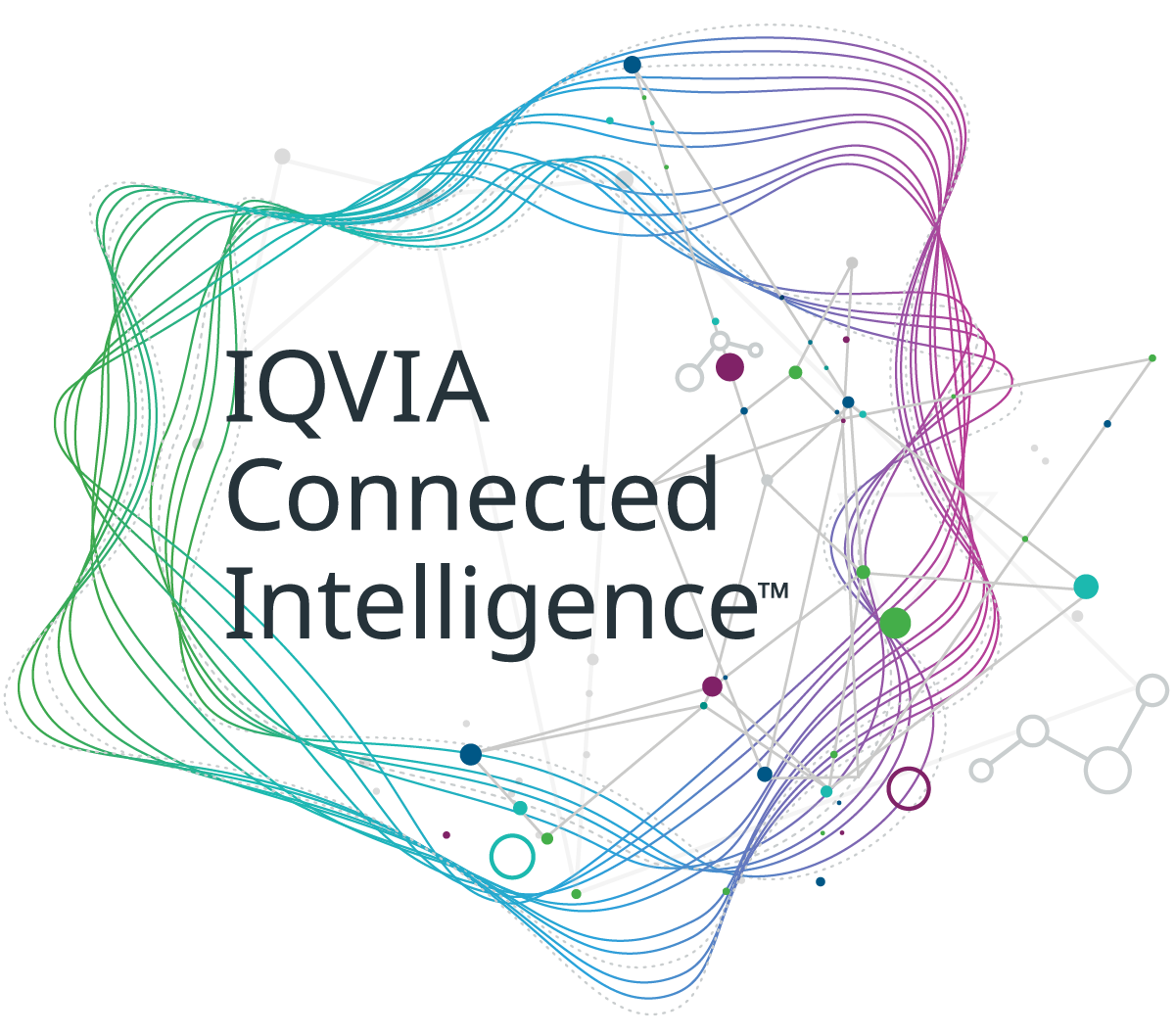IQVIA Technologies’ Dimitrios Mizantzidis and Gary Shorter recently co-hosted a webinar exploring how generative artificial intelligence (AI) is set to accelerate clinical research. The hosts, who specifically discussed the merit of Intelligent Document Review as an AI-enabled approach to streamline time and cost to filing, received a number of questions from an audience keen to hear how AI will fit into the drug development landscape. We’ve summarized some of those questions and responses here in an effort to answer some of pharma’s burning questions on generative AI.
Gartner is predicting pharma will fully embrace generative AI within two years, but we know that the pharmaceutical industry is highly regulated and risk averse. In addition, some Wall Street Firms are already banning the use of ChatGPT. What does IQVIA Technologies think the true adoption rate will be?
It is correct that pharma has historically been slow to adopt technology due to its highly regulated and generally risk-averse nature. With that in mind, do we think the industry will dive in head-first to generative AI with no reservations? No, and frankly, it shouldn’t. Wall Street’s ban on ChatGPT actually makes a lot of sense because it is irresponsible to throw sensitive data into an open-source technology. What we do think we will see in the next two years is pharma setting the foundation for its long-term journey with AI, which will play out not in open-source tools, but in secure internal domains. For example, one big step we are already seeing many biopharmas take is bringing all of its content into digital form so it is ready to go once AI matures. This alone allows the industry to embrace AI through very safe approaches, such as Intelligent Document Processing, which involves creating a digital twin of all trial documentation that can be used to accelerate downstream operations and filings. The Gardner prediction is correct in the sense that drug development’s journey with AI is already underway and will only continue to accelerate, but we will see the industry take a careful approach via steppingstones like Intelligent Document Processing while the technology matures.
What does this Intelligent Document Review do? Does it index the document and send for approval workflow with automatic classification?
IQVIA recently developed Intelligent Document Review as an API-enabled SaaS offering that uses AI/ML to make your eTMF process 50% faster, and it works with eTMFs of any vendor. So, to answer your question, yes, it will index the document and send it for the approval workflow with automatic classification. It can also handle scans and images across any language across more than 4,500 document types, extract different parts of the document into meta-data (date, signature, investigator), and digitize content into a digital twin for a larger field of variables for the model to recognize.
What improvements can customers expect using Intelligent Document Review?
IQVIA is currently using Intelligent Document Review technology and processing 200,000 documents monthly with more than 50% faster processing time. As we all know, that saved time translates to big cost reductions. In fact, we are so excited by how much clinical trial cost sponsors can save that we developed a custom ROI tool to estimate the real return on investment. Essentially, you’re saving cost and adding value in two key ways: 1) that 50% reduction in processing time frees up employees to focus on other, more value-add areas of the business and 2) you no longer need resources to manually upload and classify documents like many systems now require. Better still, we are seeing higher quality because Intelligent Document Review significantly minimizes the opportunity for human error, which we often see in misclassified documents. If the system does spot documents, it also has a feature to automatically correct them, so it will flag and suggest correction for things like missing signatures, mismatched dates, and rotation errors.
How is the generative AI model trained?
IQVIA’s generative AI models are trained using large datasets through a process called supervised learning. The data is preprocessed, the model architecture is defined, and the model is trained by iteratively generating outputs and minimizing the difference between the generated and target outputs using a loss function. So, for example, if we have digitized historical labels in the past, the machine learning embedded in our Intelligent Document Review will learn from how we have classified those before and use those same rules to guide classification of new labels. Once content is digitized, our models will use natural language processing and semantic reasoning to ensure the labeling is properly categorized, which allows us to get semi- and unstructured content into structured content. Of course, we always have a human involved to be able to review and provide validation around these decisions.
Is IQVIA’s technology using ChatGPT behind the scenes?
No, and that’s because ChatGPT is very early technology that is not at all ready to handle sensitive data and decision-making. Another challenge with ChatGPT is that it is external, open technology, which doesn’t suit the drug development industry. What we are doing is engaging with ChatGPT vendors to bring a similar capability in-house so that biopharma can reap its benefits, but not put our quality and sensitive data at risk. In fact, the CEO of OpenAI, the creator of ChatGPT, has said himself that he sees the huge, open ChatGPT architecture as limiting and sees companies adopting “mini” versions in-house that allow for domain specifics, regulatory, safety, and operational information to remain in-house. We are currently working with software vendors to make that happen at IQVIA.
Can you expand on what is meant by ‘digital twin’ in the context of Intelligent Document Review?
Consider the entire flow of content related to a clinical trial, and now imagine having a digital version of every piece of documentation—both structured and unstructured—in that flow. The idea of digital twins is that all clinical trial content can be brought into digital form, which allows access to trial documentation anywhere, at any time. That means you can review acquisition content in archived eTMFs, perform pre-audit content checks, and proactively populate the eTMF and eCTD as your trial progresses. You can also use your data lake of digital twins to mine insights on past trials or create an audit trail. Importantly, with digital twins you can always drill down into the source document to understand where data is coming from.
What are the privacy concerns around ChatGPT and how can we ensure security/privacy when embedding ChatGPT into our ecosystem?
We should absolutely be concerned about any platform that involves pushing biopharma’s sensitive content outside of the organization. Biopharma data is sacrosanct, and as such, ChatGPT is not the correct model as it is currently designed. But that doesn’t mean we should hide from generative AI altogether. On the contrary, the ChatGPT model has some elements that, if built out internally as a secure system, could massively transform drug development and bring medicines to patients faster than we have seen to date. IQVIA is currently working with third-party software vendors to build a sort of mini-ChatGPT that is tuned specifically to healthcare. So we’re talking about a generative AI system that is focused on regulatory, safety and operational excellence, embedded with industry knowledge that can serve as a powerhouse for drug development—all while keeping biopharma’s data 100 percent secure. We eventually expect to be able to build out these models for our customers to plug into, so they can either use our tools for a cross-industry view or create their own in a GDPR-compliant platform.
Are there benefits from AI beyond speed, accuracy and quality?
We would go so far as to say the true benefit of AI is none of these; it is actually the fact that using generative AI in drug development will soon be like having a virtual assistant that can spot things you as a human would likely miss. Imagine the discoveries we could make if our resource power doubled for all of these documentation and analysis tasks! We’d unlock new early signals we may have overlooked, catch insights that might have slipped through the cracks, and then the model would train itself to look more closely at those areas in the future. Maybe on an individual level these catches aren’t always significant, but cumulatively, they add up. As generative AI gains its footing in drug development, expect to see a transformation that improves and fast-tracks activities that used to take years into weeks or months. Through that lens, the biggest winner by far with the generative AI movement are patients who will start to see better therapies hit the market faster than we have been able to achieve to date. That’s something our whole industry can celebrate.
Contact IQVIA Technologies for a demo of Intelligent Document Review or to learn more about generative AI.
Related solutions
Discover intelligent insights from streamlined data and sophisticated analytics to transform trial workflows.
Ease the burden on your sites and make it easier and more appealing for patients to enroll and remain engaged.
Combine data science, technology, and analytics driven by artificial intelligence to support new efficiencies and business insights -- without additional capital investment.

























